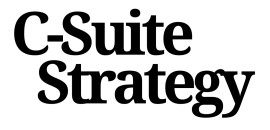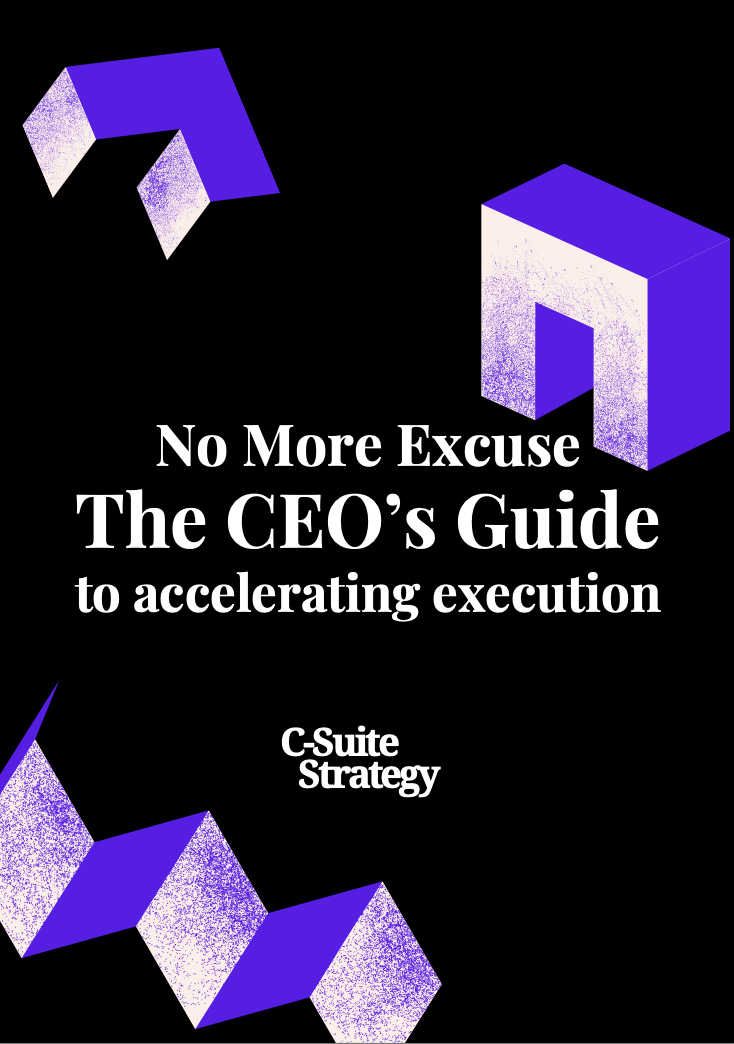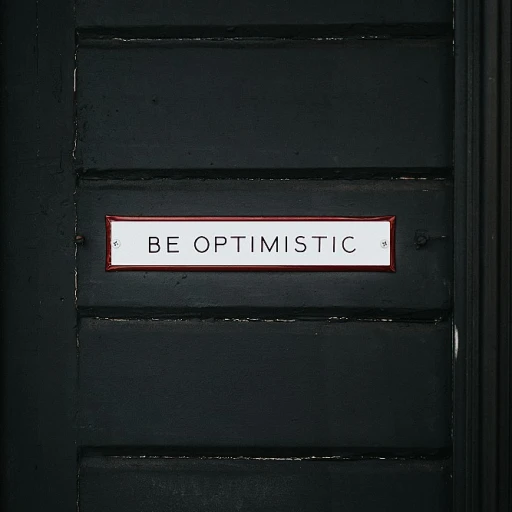The evolving role of the CHRO in strategic leadership
The Strategic Importance of the CHRO
The Chief Human Resources Officer (CHRO) has a finger on the pulse of an organization like nobody else. Traditionally seen as the caretaker of hiring, policies, and payroll, today's CHRO is far more than an administrator. They are pivotal players in shaping strategic direction and driving transformation. It's about understanding that people are the beating heart of any business success story. As businesses evolve, so too does the role of the CHRO. Increasingly, they are challenged to align HR strategies with overarching business goals. This alignment is not simply about hiring the right number of employees or ensuring compliance; it’s about actively contributing to an organization’s competitive advantage. Talent initiatives become strategic assets, positioning the company not just to cope with change, but to thrive on it. CHROs must harness the power of data analytics to inform their strategies. By leveraging insights, they can make informed decisions on everything from talent acquisition to employee engagement. This data-driven approach not only optimizes HR functions but also supports the company's broader business objectives. The evolving role of the CHRO in strategic leadership is a topic of much discussion among C-suite executives. To understand the full scope of this evolution, it is essential to delve deeper into areas such as aligning HR strategy with business objectives, viewing talent management as a strategic advantage, and leveraging data analytics in HR decision-making. These insights offer a comprehensive view of the CHRO as a strategic partner in organizational leadership. Explore more on this topic in our blog, CHRO insights for effective business strategy and leadership, where insights into navigating leadership and management offer a wealth of information for today's dynamic business leaders.Aligning HR strategy with business objectives
Connecting People Strategies with Business Goals
In today's fast-paced business environment, aligning HR strategy with the overarching goals of the company is more than just a necessity—it's a game-changer. When HR leaders sync their strategies with business objectives, they lay the groundwork for a workforce that's not just productive but also deeply engaged and motivated.
Imagine an HR team that understands the company's vision and works hand in hand with other departments to turn that vision into reality. This isn't just about hiring the right people or managing payroll; it's about creating a symbiotic relationship between HR and the rest of the organization. When HR strategies reflect the company's goals, it leads to a more cohesive and focused workforce.
Real-World Example: A Tech Company's Transformation
Consider a tech company that decided to expand its market presence globally. The CHRO played a pivotal role by aligning HR strategies with this ambitious goal. They focused on recruiting talent with international experience and implemented training programs that emphasized cross-cultural communication and global market insights. This strategic alignment not only helped the company enter new markets but also fostered a culture of inclusivity and adaptability among employees.
Steps to Align HR with Business Objectives
- Understand the Business Strategy: HR leaders must have a clear understanding of the company's goals and how they translate into workforce needs.
- Collaborate Across Departments: Regular communication with other departments ensures that HR strategies are in sync with the needs of the business.
- Set Measurable HR Goals: Define HR objectives that support business goals and track progress with key performance indicators (KPIs).
- Invest in Employee Development: Equip employees with the skills needed to meet the company's future challenges.
For more insights on how CHROs can drive effective business strategy and leadership, check out our detailed guide.
Talent management as a strategic advantage
Turning Talent into a Competitive Edge
In the fast-paced business world, talent management isn't just about filling roles; it's about creating a winning team. The Chief Human Resources Officer (CHRO) plays a pivotal role in transforming talent into a strategic advantage. This isn't a mere task of hiring and firing—it's about nurturing potential and aligning it with the company's goals.
Consider the story of a tech company that was struggling to keep up with its competitors. They realized their edge wasn't in their technology, but in their people. By focusing on talent management, they began to see improvements in innovation and productivity. This shift in perspective allowed them to not only catch up but also lead in their industry.
Aligning Talent with Business Goals
To turn talent into a strategic advantage, the CHRO must ensure that the HR strategy aligns with business objectives. This involves understanding the company's goals and identifying the skills and talents needed to achieve them. By doing so, the CHRO can create a workforce that is not only skilled but also motivated and engaged.
For a deeper dive into aligning HR strategy with business objectives, check out this insightful article.
Data-Driven Talent Decisions
Using data analytics in HR decision-making is another powerful tool for the CHRO. By analyzing employee performance, engagement, and turnover data, the CHRO can make informed decisions that enhance the company's talent pool. This approach not only helps in identifying high performers but also in recognizing areas that need improvement.
For more on how data analytics can enhance business strategy, explore our COO insights.
Creating a Culture of Growth
Finally, building a resilient organizational culture is key to leveraging talent as a strategic advantage. A culture that encourages growth, innovation, and collaboration can attract top talent and retain existing employees. This not only improves employee satisfaction but also drives the company forward.
In essence, the CHRO's role in talent management is about more than just managing people—it's about unlocking their potential to achieve business success. By focusing on aligning talent with business goals, leveraging data, and fostering a culture of growth, companies can turn their workforce into a formidable competitive edge.
Leveraging data analytics in HR decision-making
Using Data to Make Smart HR Moves
In the world of HR, numbers aren't just numbers—they're stories waiting to be told. Data analytics has become the secret sauce for HR leaders looking to make informed decisions. By tapping into the wealth of data available, CHROs can spot trends, predict employee behavior, and tailor strategies that align with business goals.
Imagine a scenario where your HR team can predict which employees are at risk of leaving. By analyzing patterns in attendance, performance reviews, and engagement surveys, you can proactively address issues, reducing turnover and retaining top talent. This isn't just about crunching numbers; it's about understanding the human side of your workforce.
Turning Insights into Action
It's one thing to have data, but it's another to use it effectively. CHROs need to ensure that their teams have the right tools and skills to interpret data and translate it into actionable strategies. This might involve investing in HR analytics platforms or providing training to help staff become more data-savvy.
Consider how data analytics can enhance talent management strategies. By identifying skill gaps and predicting future workforce needs, HR can develop targeted training programs and recruitment strategies. This proactive approach not only supports business objectives but also positions HR as a strategic partner in the C-suite.
Building Trust Through Transparency
Transparency is key when leveraging data analytics. Employees need to trust that their data is being used responsibly and ethically. CHROs should communicate clearly about what data is being collected, how it's used, and the benefits it brings to both the organization and its people.
By fostering a culture of transparency, HR leaders can build trust and encourage employees to engage with data-driven initiatives. This trust is crucial for creating a resilient organizational culture, as discussed in previous sections.
In conclusion, data analytics is not just a tool for HR—it's a game-changer. By embracing a data-driven approach, CHROs can lead their organizations with confidence, ensuring that HR strategies are not only aligned with business objectives but also anticipate future challenges and opportunities.
Building a resilient organizational culture
Creating an Unshakeable Company Persona
Every company has its own vibe or personality, and it's not just about flashy slogans or office decor. It's about instilling values that everyone in the organization can stand by. When times get tough—and they will—your company culture is what keeps the ship steady. You've probably heard disasters can strike anytime, but a solid organization with strong cultural roots remains unflappable. Ask yourself this: is your corporate culture more than poster-paper deep? Creating a future-proof culture involves:- Consistency: Align daily actions and choices with core values. Walk the walk, don't just talk the talk.
- Transparency: Candid communication melds employee trust with organizational resilience. When employees trust leadership, bouncing back from setbacks is easier.
- Empowerment: Giving each team member a sense of ownership boosts morale and builds resilience. It's not just about giving orders; it's about inspiring leaders at every level.
- Adaptability: Embrace change. If the market throws a curveball, your team adapts instead of crumbling. Ship steerers, not fearers.





-large-teaser.webp)








